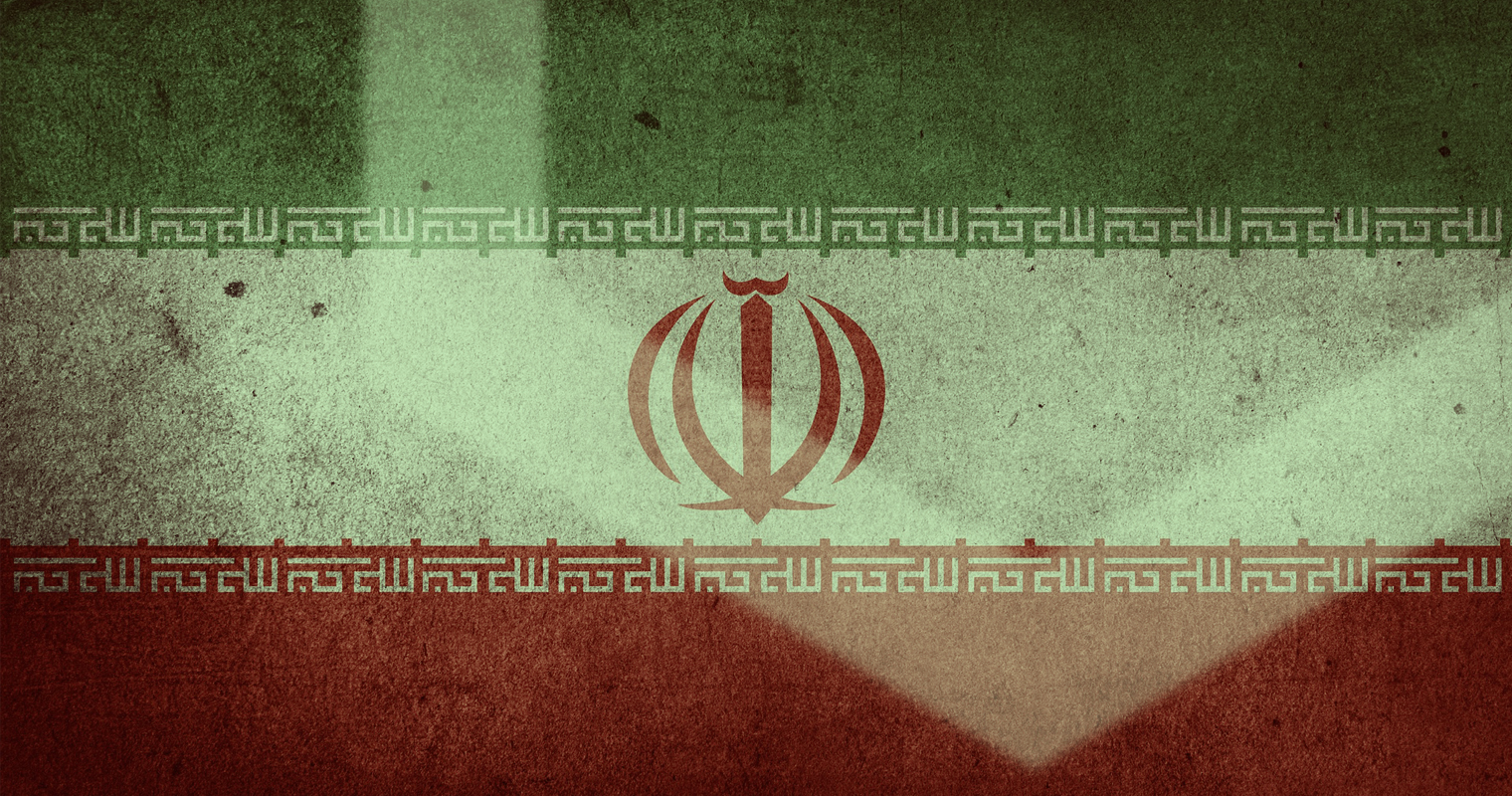Iran Ready to Use Digital Currency to Fight Western Sanctions
27.11.2024 10:30 1 min. read Kosta Gushterov
Iran is preparing to introduce its own central bank digital currency (CBDC), according to Mohammad Reza Farzin, the governor of the Central Bank of Iran (CBI).
Speaking at a banking conference on November 25, Farzin highlighted the country’s robust digital financial infrastructure and emphasized that the CBDC is part of Iran’s broader strategy to keep its financial system modern, especially amid ongoing international sanctions.
The upcoming launch of the digital rial, which has been in development since 2018, is aimed at enhancing the efficiency and security of Iran’s banking sector. Farzin noted that the CBI’s goal is to lead innovation in banking, in line with global trends.
The digital rial, built using open-source Hyperledger Fabric technology, has already completed its “pre-pilot” phase in collaboration with major Iranian banks. A pilot project for the retail CBDC was also launched earlier this year in Kish Island, an Iranian free trade zone popular with tourists.
While sanctions continue to pose challenges, the CBI is making strides in adapting its payment systems. Farzin pointed out the integration of the Russian MIR payment system with Iran’s ACU system, effectively replacing the SWIFT network. He also mentioned that Iran’s Shetab system, which processes transactions in under two seconds, is among the most efficient in the region and is in the early stages of connecting with Russia’s MIR network.
-
1
Elon Musk’s X Prepares to Enter the Fintech Arena
20.06.2025 13:00 1 min. read -
2
China Pushes Digital Yuan Expansion as Global Currency Power Shifts
19.06.2025 17:00 1 min. read -
3
Fiserv to Launch FIUSD Stablecoin Across Its Massive Banking Network
23.06.2025 21:00 1 min. read -
4
Mastercard Integrates Chainlink to Power Direct Crypto Access for Cardholders
25.06.2025 18:00 1 min. read -
5
BIS Slams Stablecoins, Calls Them Ill-Suited for Modern Monetary Systems
26.06.2025 9:00 1 min. read
Key U.S. Events to Watch This Week That Could Impact Crypto
The first week of July brings several important developments in the United States that could influence both traditional markets and the cryptocurrency sector.
Here Is How Your Crypto Portfolio Should Look Like According to Investment Manager
Ric Edelman, one of the most influential voices in personal finance, has radically revised his stance on crypto allocation. After years of cautious optimism, he now believes that digital assets deserve a far larger share in investment portfolios than ever before.
GENIUS Act Could Reshape Legal Battle over TerraUSD and LUNA Tokens
In the case involving Terraform Labs and its co-founder Do Hyeong Kwon, the defense has asked the Federal Court for the Southern District of New York to extend the deadline for pretrial filings by two weeks, pushing it beyond the original date of July 1, 2025.
Coinbase Surges 43% in June, Tops S&P 500 After Regulatory Wins and Partnerships
Coinbase has emerged as the best-performing stock in the S&P 500 for June, climbing 43% amid a surge of bullish momentum driven by regulatory clarity, product innovation, and deeper institutional interest in crypto.
-
1
Elon Musk’s X Prepares to Enter the Fintech Arena
20.06.2025 13:00 1 min. read -
2
China Pushes Digital Yuan Expansion as Global Currency Power Shifts
19.06.2025 17:00 1 min. read -
3
Fiserv to Launch FIUSD Stablecoin Across Its Massive Banking Network
23.06.2025 21:00 1 min. read -
4
Mastercard Integrates Chainlink to Power Direct Crypto Access for Cardholders
25.06.2025 18:00 1 min. read -
5
BIS Slams Stablecoins, Calls Them Ill-Suited for Modern Monetary Systems
26.06.2025 9:00 1 min. read


